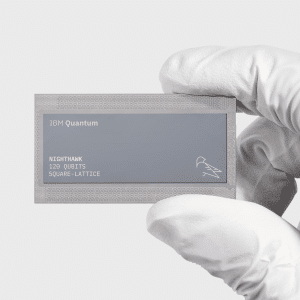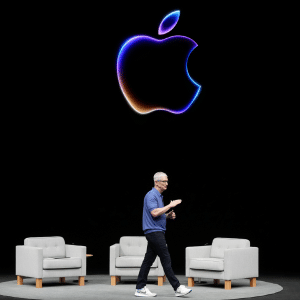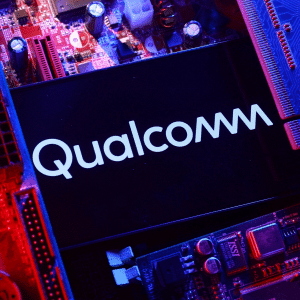Though we may have embraced a digital revolution over the past couple of years, the truth is that tech has a dark side, leading to stress, anxiety, the fear of missing out, and addiction, and as the past year, engulfed in health anxiety over the coronavirus pandemic and being forced to spend more time at home than ever before, there’s only so much time you can spend staring at a screen before you need a release.
Nowadays, it’s virtually impossible to get by during the day without checking your phone – whether you’re meeting friends, ordering food, or paying for goods in-store, we need our devices more than ever before. This deeper connection with technology has allowed us to become more productive than ever before, it’s also changed the way we live, to a point some scientists and behaviorists are uncomfortable with.
Now, as we look to free ourselves from our devices and spend more time in the real world, innovators like Apple are looking at new, non-invasive ways to introduce technology into the world, using gestures, eyes, voice, movement, and health monitoring to transform our lives away from screens and devices.
We’ve already seen a great deal of progress in this field. Take a look at Apple Watch, for example; though competitors like the Samsung Galaxy Watch and Fitbit are beginning to make some headway, Apple Watch is now the world’s most popular watch brand, offering consumers the ability to stay connected with friends, monitor their health, fitness, and activity, and pay for goods and services using their wrist, most of the time without having to look at their screen for an extended period of time. Add in features like NFC tags and Apple’s AirTags product, and it’s clear that the company is more focused than ever on creating products that blur the lines between online and real-life, thus creating more immersive and valuable technology experiences that improve our lives and make us more engaged, focused, and organized.
On top of that, software like screen time, night mode, and even sleep monitoring has allowed us to gain a better understanding of the way we live our lives, and how technology impacts the everyday.
And it’s not just Apple that’s attempting to blur the lines. Elon Musk, CEO of the Tesla brand, recently announced NeuraLink, a “breakthrough technology for the brain” that is designed to understand how our brain works, then interface using the brain, and ultimately engineer with the brain to implant wireless brain-computer interfaces in the most complex human organ to help cure neurological conditions like Alzheimer’s, dementia and spinal cord injuries and ultimately fuse humankind with artificial intelligence.
Of course, campaigners are against this and not only site the security risks of such technology, but wonder whether the product is ethical.
Andrew Maynard of OneZero said: “Unless ethical questions like these are addressed early on, we’re either looking at a future where brain-computer interfaces create more problems than they solve or one where Neuralink has gone bust because it didn’t take the social and ethical concerns seriously enough from the beginning,” though added that there’s “still time for Neuralink and others to develop a robust strategy for ethical and responsible innovation, so everyone can realize the full benefits of the technology.”
Such technologies may feel like they’re straight out of a Black Mirror script book, but the truth is that they’re around the corner.
Musk’s concept is actively being experimented on using pigs, and the tech could see the light of day before the end of the decade, changing the way we live forever.
Okay, Elon Musk’s example is perhaps one of the most extreme on the scale, but tech can improve the way we live and also disappear, making us feel as though we’re making the decisions ourselves, forgetting that large parts of our lives are being controlled by chips and algorithms. Whether that’s a bad thing or not remains to be seen, but as we edge closer into this new mixed-reality world, technology companies must work together to build interfaces and experiences that feel natural, comfortable, and ultimately remain ethical.
Subscribe to AppleMagazine for the latest in-depth features.







